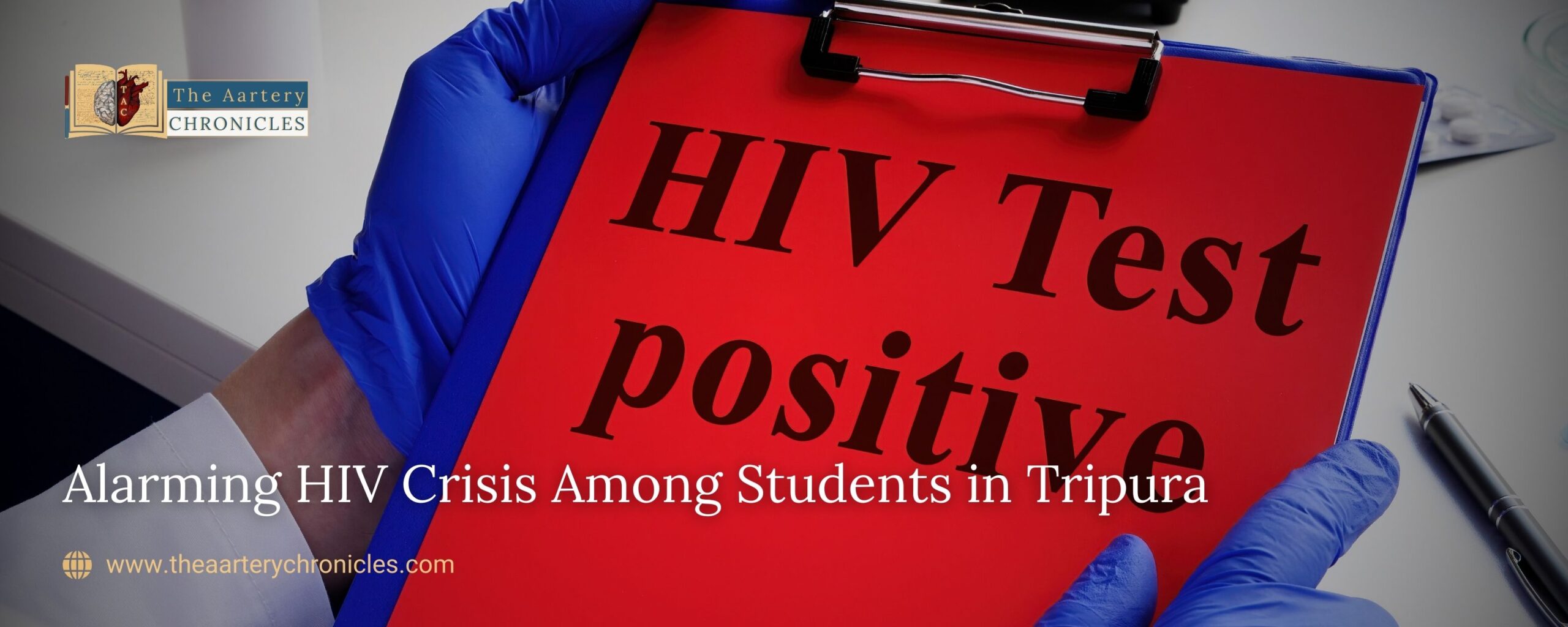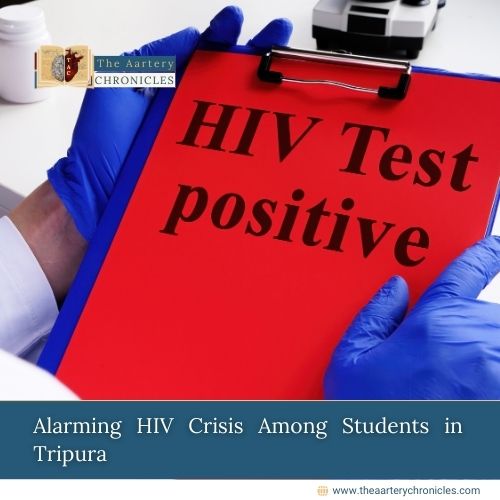
Alarming HIV Crisis Among Students in Tripura
A concerning report from Tripura reveals that 828 students have tested HIV-positive, with 47 fatalities. This data was collected from 164 health facilities across the state.
Causes and Contributing Factors for HIV crisis
The Tripura State AIDS Control Society (TSACS) attributes this crisis primarily to intravenous drug use among students. A TSACS official stated, “We have identified pupils from 220 schools and 24 colleges and institutions involved in injectable drug usage.”
Most of the affected students come from affluent families, often with parents in government service, who were unaware of their children’s drug use until it was too late.
How Injectable Drug Use Leads to HIV Infection
Injectable drug use is a significant risk factor for HIV transmission. The primary route of transmission in this context is through the sharing of contaminated needles and syringes. Here’s how it happens:
Blood-to-Blood Contact: When drug users share needles or syringes, the blood from an HIV-positive individual can be introduced into the bloodstream of others. This blood-to-blood contact is an efficient way for the virus to spread.
Risky Injection Practices: Unsafe injection practices, such as using non-sterile needles or not cleaning the injection site properly, increase the risk of HIV transmission.
Limited Access to Sterile Equipment: Many drug users do not have regular access to sterile needles and syringes, leading to repeated use and sharing of contaminated equipment.
Marginalization of Drug Users: Drug users often face social stigma and legal barriers, which can limit their access to healthcare and HIV prevention resources. This marginalization can exacerbate risky behaviours.
HIV: Global and Local Health Concerns
HIV/AIDS is a serious worldwide health concern, particularly associated with intravenous drug use. Needle sharing is a primary mode of transmission due to risky injection practices, limited access to sterile needles, and the marginalization of drug users
Need for Harm Reduction Strategies to Combat HIV spread
This situation highlights the urgent need for harm reduction strategies, such as needle exchange programs, to combat the spread of the virus. These programs provide sterile equipment, counselling, and addiction treatment referrals to reduce infection risk.
Overcoming Challenges
Stigma, legal barriers, and complex social factors associated with HIV continue to persist. Comprehensive approaches that integrate public health, social services, and community engagement are essential for effectively addressing this issue.
Source: Inputs from various media Sources






